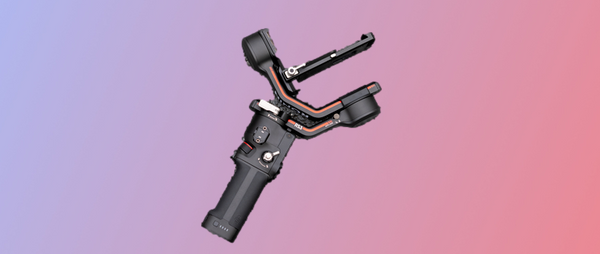
As for product naming, this time DJI finally gave these two products a clear and memorable name. Compared with the previous generation of DJI RS 2 and DJI RSC 2, not only consumers are often confused, but also practitioners are often confused about their differences. In fact, the previous generation of RS 2 is aimed at relatively professional film and television production users, while RSC 2 is aimed at individual users, small studios and individual combat users. This time, DJI finally cancelled the "C" in the product and named the two positioning products DJI RS 3 and DJI RS 3 Pro. RS 3 corresponds to the upgrade of the previous generation RSC 2, while RS 3 Pro corresponds to the upgrade of the previous generation RS 2.
Because of the size of the article, we will introduce DJI RS 3 and DJI RS 3 Pro in two articles. This article will have an out-of-the-box experience of DJI RS3. If you want to know more about DJI RS3 Pro, you can click the above link.
DJI RS 3 Major Upgrade Features:
> New automatic shaft lock design, one key start can quickly start shooting
> Professional stability increased by 20% compared with the previous generation of products
> Wireless Bluetooth shutter, get rid of the shackles of traditional shutter release
> 1.8 inch OLED touch color display
> Newly added Gimbal mode switching entity key
> Support Ronin image transmission (original Hawkeye image transmission)
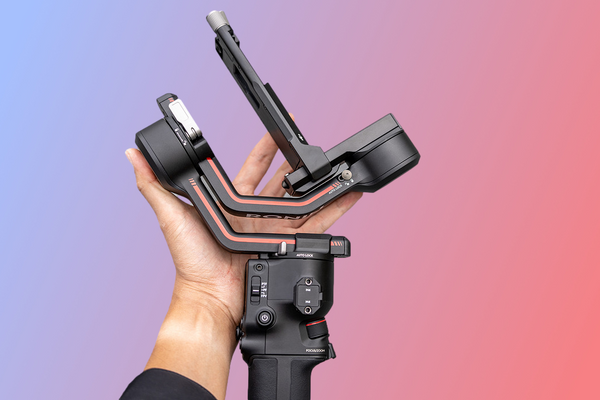
DJI RS 3 is made of aluminum alloy, and the weight of Gimbal is 1.3kg, which is the same as that of the previous generation RSC 2. Volume and weight control is still a good control in small stable Gimbal such as handheld micro single.
DJI RS 3 uses a 1.8-inch color OLED touch LCD screen for the body, which is much better than the 1-inch black and white screen of the previous generation RSC 2. The larger LCD screen can more clearly understand the system settings of the Gimbal in the use process, and the touch operation is more convenient and intuitive.
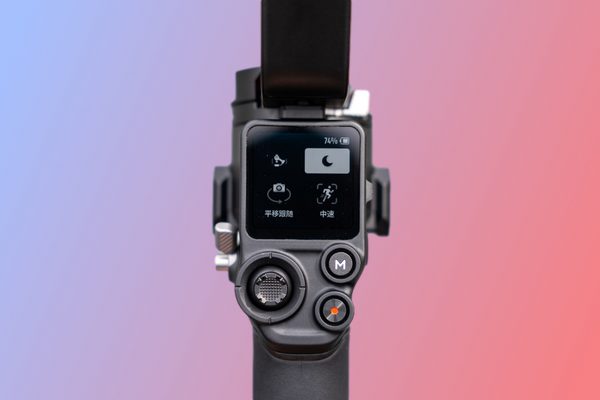
DJI RS 3 also uses Ronin's red line design on the Gimbal this time. The red line runs through the body of the Gimbal. The model LOGO of RS3 is also located on the stabilizer arm.
DJI RS 3 uses a NATO interface with strong expansion performance, which can be combined with more accessories to create a more suitable hand-held stable way for photographers to use. The combination mode of the battery and the cradle head is a double locking mechanism, and the battery can be removed only by pressing a locking switch and then pulling a wrench, thereby ensuring stability and reliability in a complex use environment.

On the right side of the fuselage is the power switch button of DJI RS 3, as well as the new Gimbal mode switch of DJI RS 3. In the past, when using the handheld Gimbal, users need to adjust the usage mode of the Gimbal, such as dual-axis locking and FPV, by entering the menu. This time, the Gimbal mode is set separately as a physical switch, which can quickly switch various modes when the photographer is actually shooting, and it is really more convenient to shoot in actual combat.
The other biggest upgrade of DJI RS 3 is the new automatic shaft lock technology adopted in the whole system. Shaft lock is a very useful function on the Gimbal stabilizer, which allows the three arms of the stabilizer to lock when not in use, thus avoiding the random movement of the Gimbal when the photographer is shooting. However, each reuse also requires the re-unlocking of the three shaft locks, which still takes a certain amount of time and cost.
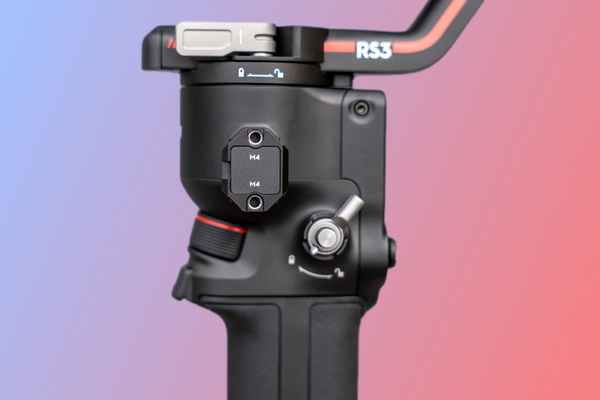
This time, inspired by the lifting camera of the mobile phone, the new automatic shaft lock function of DJI RS 3 can automatically lock and unlock the three arms through the fuselage, which greatly facilitates the use experience of photographers.
Compared with the previous generation of integrated handle and battery design, this generation of DJI RS 3 lowers the concept of detachable handle in the previous generation of RS 2 and uses the same battery bayonet module design as RS 2.
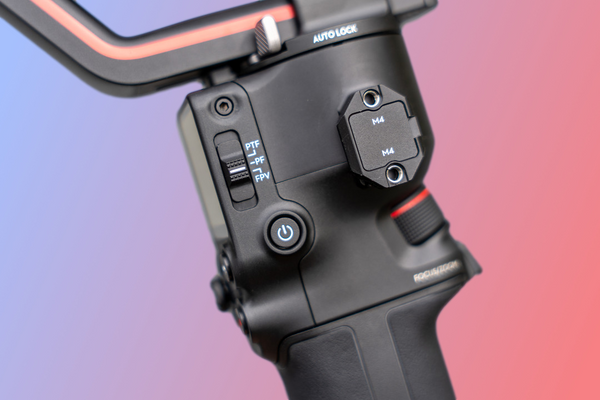
The battery of the handle is designed with 3000mAh, and the official battery life is 12 hours.
This is the handle battery bayonet of the DJI RS 3 Gimbal part, which adopts the same design as the previous generation DJI RS 2.
There are three USB-C interfaces on the Gimbal, which can connect various accessories such as camera, focusing module and image transmission module.

This is the new design of DJI RS 3, although the foldable design of the previous generation DJI RSC 2 is very convenient for daily use and switching between various modes such as pot. But because of the use of a new battery handle design, it can not continue the folding method of the previous generation. Therefore, DJI has designed a new handle for DJI RS 3. The weight of the handle is very light, which can be folded. After unfolding, the angle of the handle can be easily adjusted with the NATO interface of the fuselage.
The new Gimbal quick-mounting structure also uses a design similar to the previous generation RS 2, with a quick-release plate fine-tuning knob, which is convenient for users to use more accurate leveling.
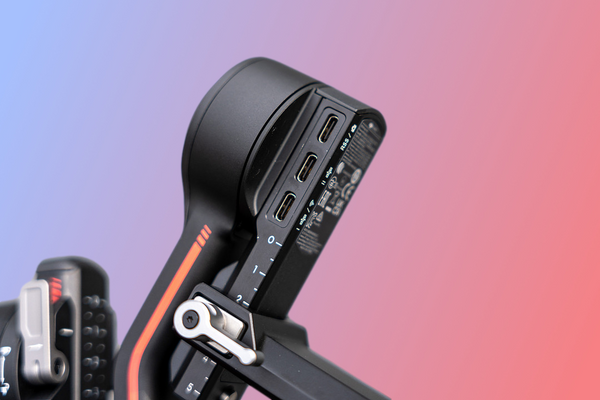
Compared with the foldable design of the previous generation of DJI RSC 2, the effect of DJI RS 3 after installing the Gimbal and battery handle has its own advantages and disadvantages. The detachable design is more versatile. If you carry it, you can also remove the handle to get a smaller storage size.
In terms of image transmission, DJI RS 3 still supports DJI Ronnin, which is the previous Hawkeye image transmission module.
It is very convenient to mount the image transmission module to the bottom of the Gimbal, and it also supports the image transmission module to be installed on the hot shoe interface of the camera.

This time, the focusing module of DJI RS 3 has also been upgraded, and the new generation of motor has increased the torque by three times compared with the previous generation of focusing module, with a maximum of 1 N.m. At the same time, the operation is quieter, and the noise is reduced by 50% compared with the previous generation, so as to ensure that the on-site simultaneous sound radio is clean enough.
Automatic shaft lock is a new practical function of DJI RS 3 for photographers to improve their shooting experience. In the past, photographers needed to shut down or sleep the stable Gimbal, and then manually lock the three axes to prevent the Gimbal from being thrown around when we needed a special session or pause during the shooting interval.
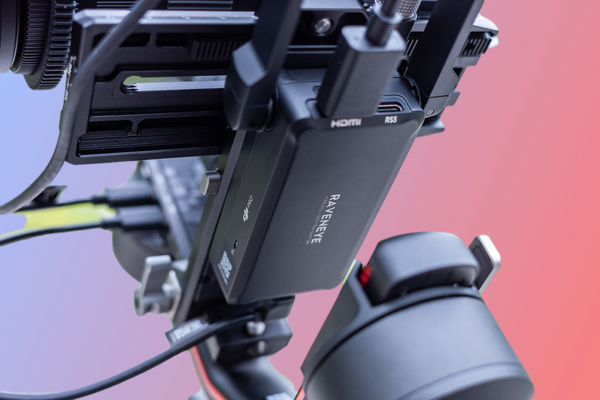
This time, DJI RS 3 combines the sleep function of the switch button, which can adjust the camera to sleep state with one button, and at the same time, the three axes of the Gimbal will automatically lock to keep the Gimbal in storage mode. At this time, even if you carry the stabilizer in any way, there will be no swing back and forth.
Focus following module demonstration
DJI RS 3 is suitable for small studios, especially for individual combat shooting, because the fuselage can integrate more functions, and can be used together to achieve the shooting effect that many people can achieve in the past. For example, when the user uses a manual lens, the photographer often needs to cooperate with the focus follower to complete the shooting. If DJI RS 3 is matched with the focusing module, you only need to set the front dial wheel as the focus adjustment in the Gimbal, then you can use the manual lens to shoot, and at the same time, you can control the focus of the lens.
DJI Ronin image transmission was previously called DJI Hawkeye image transmission. Using DJI Ronin image transmission with DJI RS 3 can achieve a very powerful tracking and shooting effect. As shown in the picture, the above picture demonstrates the tracking effect of DJI RS 3. Even if the subject wears a hat, turns around, moves and is blocked, it can accurately lock the shooting target. Figure 2 demonstrates the wireless transmission capability of DJI Ronin. It can be seen that when our mobile phone records the screen image, even if it is monitored from a long distance, it can also ensure the stability of the picture signal.
DJI Ronin image transmission is a very good small accessory for single video shooting. Even if you don't use the stable Gimbal of DJI, only using one DJI Ronin image transmission can also make it convenient for you to monitor and adjust the picture when you shoot alone, especially when you shoot from the media. If it is used with DJI RS 3, it can completely realize the simple motion tracking shooting of a single person.

In theory, Bluetooth control should be a better shooting function. I don't know why DJI hasn't added handheld Gimbal before. Maybe it's because there are too many camera models and the protocol is more complicated? However, the Bluetooth shutter function finally added this time has greatly improved the experience of shooting.
In the past, when using a hand-held Gimbal to shoot with a camera, the photographer's hand was transferred from the stabilizer to the shutter button of the camera every time the shooting started and stopped. After a lot of shooting, you will know how troublesome it is. After adding the Bluetooth shutter, you can directly control the shutter to open and stop shooting on the Gimbal. Although it is a small upgrade, it is much more convenient than before!
This time, DJI used the third generation stabilization algorithm for DJI RS 3, mainly to further optimize the performance of the fuselage motor, especially the jitter amplitude was reduced by 20% compared with the previous generation. Therefore, we also tested the stabilization effect of DJI RS 3, because many hand-held stabilized pictures will have a small amount of jitter, which is difficult to find at conventional speeds. So we have a 200% acceleration when the material is everywhere. In fact, even after the acceleration of the video material, the picture still maintains a very good stability.
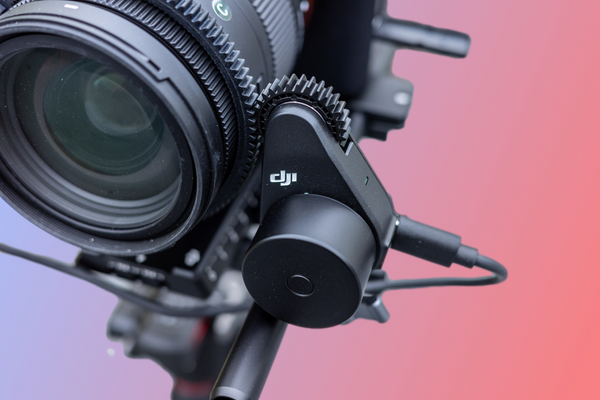
In addition to regular shooting, we also tested the stability of the Gimbal when shooting at a low angle using the pot mode and going up stairs. From the shooting material, DJI RS 3 has maintained excellent stability.
For "individual combat" photographers, the upgrade of DJI RS 3, especially the upgrade of details, can greatly improve the user experience of daily use equipment. Don't underestimate the automatic axis lock and Bluetooth shutter function, in fact, when the photographer shoots for a long time and pauses a lot, you will know how important these small functions are in use. In addition, while ensuring the core function- "stability", continuing to optimize the use experience is the biggest highlight of DJI RS 3. It can also be seen that DJI RS 3 design engineers collect a lot of pain points from front-line photographers and upgrade them. If you are a photographer who often needs to shoot alone, or a self-Media worker who needs one person to play multiple roles, DJI RS 3 is really an auxiliary device that can help you in your work.

